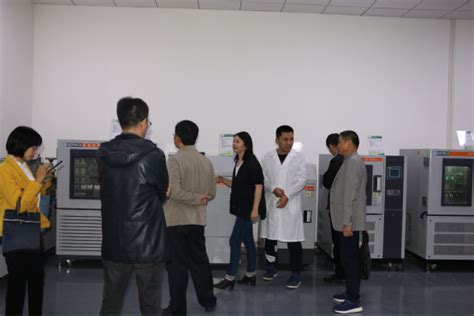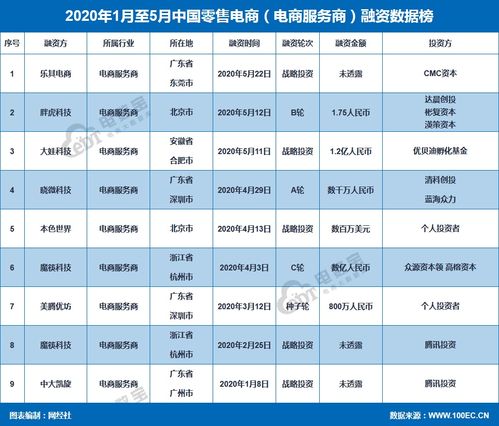福建省科技项目管理系统
Title: Efficient Project Management Strategies for Fujian Provincial Science and Technology Department
Introduction:
Fujian Provincial Science and Technology Department plays a pivotal role in advancing innovation and development within the province. Effective project management within this department is essential for successful implementation of various initiatives. Here, we explore efficient strategies tailored to enhance project management practices within the Fujian Provincial Science and Technology Department.
1.
Clear Objective Setting
:Define clear, specific, and achievable project objectives aligned with the department's strategic goals.
Ensure that each project's purpose, scope, and deliverables are welldefined and communicated to all stakeholders.
2.
Robust Planning Phase
:Conduct thorough project planning, including resource allocation, timeline estimation, risk assessment, and stakeholder identification.
Utilize project management tools and methodologies such as Gantt charts, PERT charts, and agile frameworks to facilitate planning and scheduling.
3.
Effective Communication Channels
:Establish transparent communication channels to foster collaboration among project teams, stakeholders, and departmental leadership.
Regularly communicate project progress, milestones, and challenges to relevant stakeholders through meetings, reports, and presentations.
4.
Risk Management Strategies
:Identify potential risks early in the project lifecycle and develop mitigation plans to address them proactively.
Continuously monitor and reassess risks throughout the project, adjusting strategies as needed to minimize negative impacts.
5.
Resource Optimization
:Efficiently allocate human, financial, and technological resources to maximize project outcomes while minimizing costs and delays.
Prioritize tasks based on critical path analysis to ensure optimal use of resources and timely project completion.
6.
Stakeholder Engagement and Management
:Engage key stakeholders, including government agencies, industry partners, and research institutions, throughout the project lifecycle.
Solicit feedback, address concerns, and involve stakeholders in decisionmaking processes to enhance project relevance and sustainability.
7.
Performance Evaluation and Continuous Improvement
:Implement robust monitoring and evaluation mechanisms to assess project performance against predefined metrics and objectives.
Regularly review project processes, outcomes, and lessons learned to identify areas for improvement and incorporate best practices into future projects.
8.
Adoption of Technology Solutions
:
Leverage technology tools such as project management software, data analytics, and collaborative platforms to streamline project workflows and enhance productivity.
Invest in training and capacitybuilding to ensure staff proficiency in utilizing technology solutions effectively.
Conclusion:
Effective project management is essential for the success of initiatives undertaken by the Fujian Provincial Science and Technology Department. By implementing the aforementioned strategies, the department can enhance efficiency, transparency, and stakeholder satisfaction, ultimately contributing to the advancement of science, technology, and innovation within the province.











